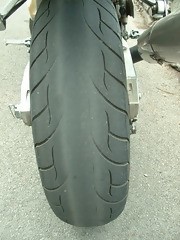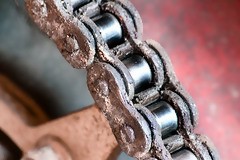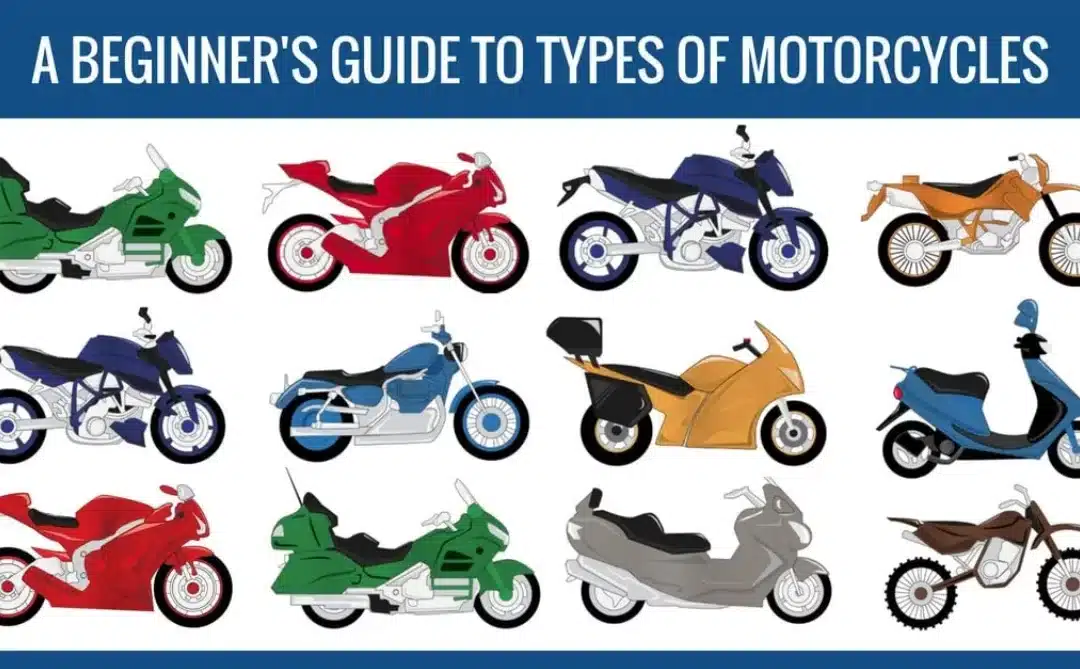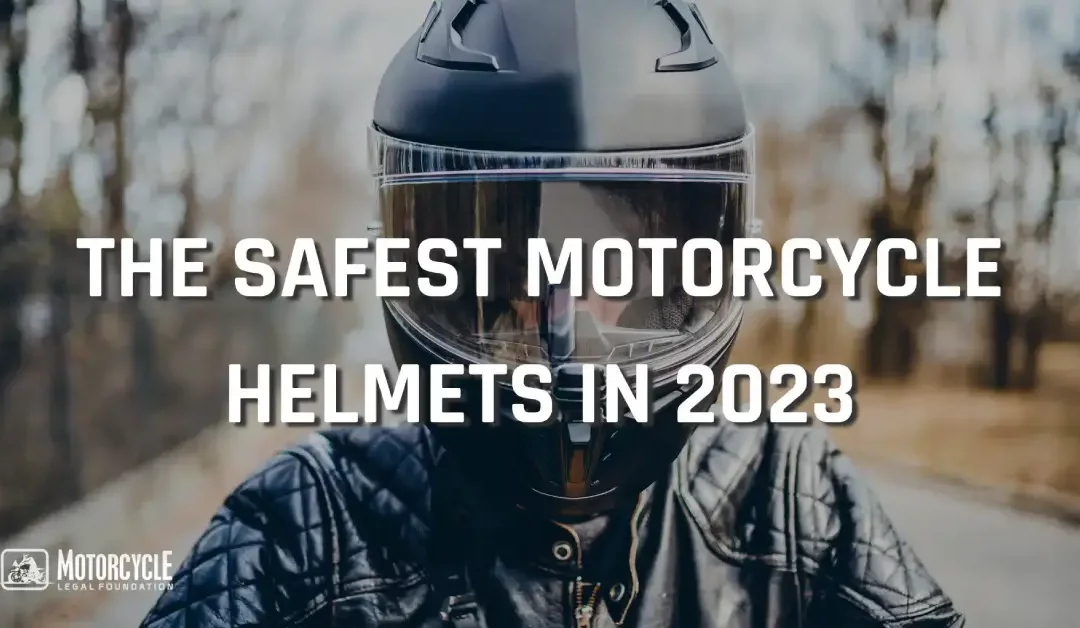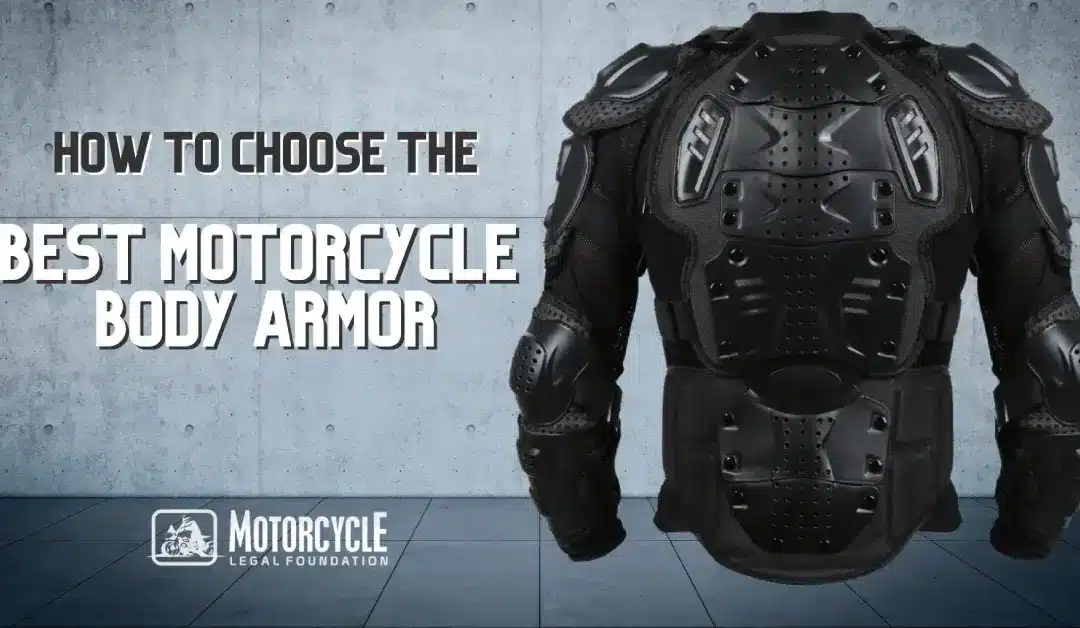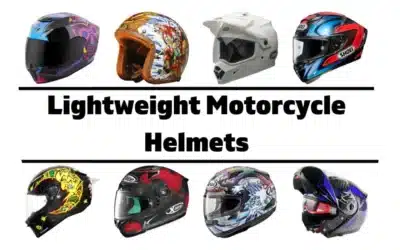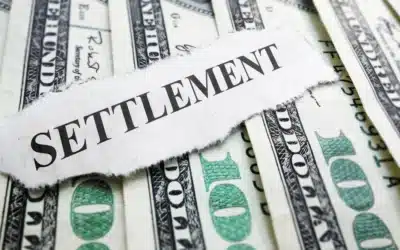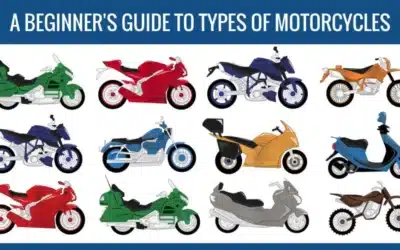You’re ready to make that leap and buy a motorcycle, but you’re unsure if you should buy a new motorcycle from a dealership or take the chance on a used motorcycle. Buying a new motorcycle may be out of your price range, so what do you look for if you go with a used motorcycle? Buying used may be the best option to save some money upfront, and still get the motorcycle you’ve been dreaming of. Here’s what you should look for to buy the best used motorcycle possible:
Odometer Mileage
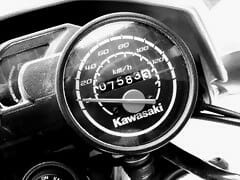
Some motorcycles are designed for long-distance touring, while others are just used frequently in day-to-day commuting. Thousands and thousands of miles may show on the odometer, and yet these motorcycles are still valued higher than average. How can that be? Sites like Kelly Blue Book and the NADA guide may lead you to believe that 40,000 or 50,000 miles on a motorcycle should depreciate the used motorcycle value considerably. The truth is, mileage on the odometer is only one of the factors you should consider for evaluating a used motorcycle.
Year, Make, and Model
The age of the motorcycle, based on the year it was made, may or may not tell the best story of what you should look for in a used motorcycle. Lower priced motorcycles from the factory are designed with limited features, and may not last as long as a higher priced motorcycle from the manufacturer. In an effort to reduce the price, lower grade materials may be used in the metal and plastics, or lower cost manufacturing options may be used. While the initial cost may be reduced, the motorcycle may not last as long. Beyond materials and manufacturing operations used in the creation of the motorcycle, what model it is may also contribute to how well it has been maintained and used over its life. A cheaper motorcycle designed as a starter motorcycle may show more signs of wear from multiple owners or limited maintenance, while a higher priced motorcycle may have perfect maintenance records and have been well taken care of.
The Previous Owners
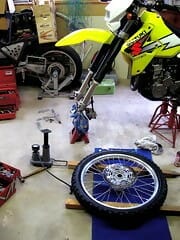
Check the Maintenance Records in Detail
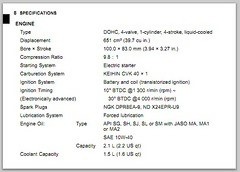
Frequent Motorcycle Use
Motorcycles, just like cars, are machines made to be used. Oils breakdown over time, tires dry out then crack, and batteries lose their charge. If you’re looking for a used motorcycle, ask the owner how often they ride or start the motorcycle. If they ride it frequently, it’s fair to assume the maintenance is somewhat current and it will be a worthy buy. Some motorcyclists have weather that doesn’t make it easy to ride in all year round. In that case, the owner may keep the motorcycle in storage for a period of time. If that’s the case, they may keep the motorcycle in storage and start it occasionally to cycle the oils and charge the battery.
Motorcycles in Storage
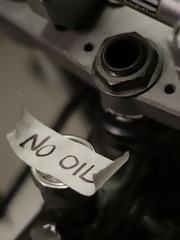
Returning a Used Motorcycle to its Former Glory
Buying a used motorcycle may be your best option, even if it hasn’t been maintained perfectly. There are steps you can take to get your new to you motorcycle back into shape and get the maintenance caught up. Here’s what you can do to get it ready to ride:
- Break it in – If the motorcycle hasn’t been started and run for a period of time, it’s best to break it in by allowing it to run at idle. Just simply start the motorcycle and allow it to run. This will give you a chance to allow it to get up to operating temperature. When it’s at operating temperature, you can inspect for any leaks from the engine, coolant system, or elsewhere that you may have missed on initial inspection or a test ride. The battery should also charge back up to full if it is in good condition
- Catch up on maintenance – If your new motorcycle hasn’t been maintained perfectly, before you start riding is the best time to catch up on missed maintenance. If you’re handy with a set of tolls, you may just need to buy some oil, a couple filters, and some grease to have your motorcycle in perfect working order. If you need to take it to a trained service staff at a local dealership or repair shop, do it before you venture out on your first ride. The repairs may include changing oil in the engine and transmission, replacing oil, fuel, and air filters, rotating or replacing the tires, inspecting and replacing coolant, adding new fuel, and inspecting the final drive (whether that is a shaft, chain, or belt). Always used a mixed coolant rather than 100% water, even if it’s distilled water.
- Conduct a Pre-ride Inspection – Beyond maintenance, there are additional simple checks that you should do every time you head out for a ride. The Motorcycle Safety Foundation has an acronym called T-CLOCS: Tires/wheels, Controls, Lights/electrics, Oils/fluids, Chassis, and Stands. Here are the things to check for:

- Controls – check the handlebars are straight and secured to the motorcycle. Ensure all levers are straight and move correctly without binding. Make sure they are adjust so you can easily access them while riding and their position is comfortable for your hands and feet to use frequently. Check the cables and hoses for cracks, leaks, and that they function correctly when the handlebars are turned fully in each direction. Check the throttle for fully opening and snapping shut when the hand grip is let go. It should not open or rev the engine when the handlebars are turned.
- Lights & Electrics – check that the battery is charged, the connections to the battery cables are secure, and nothing is covering the terminals that could cause a short circuit. Check that each light and reflector on the motorcycle works correctly, and that the wiring to each is secure and not frayed. Check each mirror to be adjusted to your riding postures and that each are tightly secured to the motorcycle.
- Oils & Fluids – check that each fluid, whether that’s engine or transmission oil, brake fluid, engine coolant, or fuel, is full and clean for a ride. If anything is low, it needs to be filled to the manufacturer recommendation. If it’s ready to be serviced, that should be done prior to the ride.

- Stands – If your motorcycle has a center stand, ensure it does not have any cracks or it is not bent. It should have springs that hold it in the up position. Make sure it is held up away from the ground. If your motorcycle has a side stand, look for cracking and bends as you would the center stand. It should also have springs that hold it to the motorcycle frame when in the up position. It may have an electric switch that will turn off the ignition if the stand is down. Ensure that works correctly, and it only prevents the motorcycle from running when the stand is down.
Buying a used motorcycle may be the best cost-effective decision to get into motorcycling. When you’re searching through the ads, keep an eye out for the mileage listed, ask about maintenance and motorcycle use, and give it a thorough inspection when you decide it is the one. Thrifty buyers will find a great deal and have it on the road in no time. Be safe out there!

